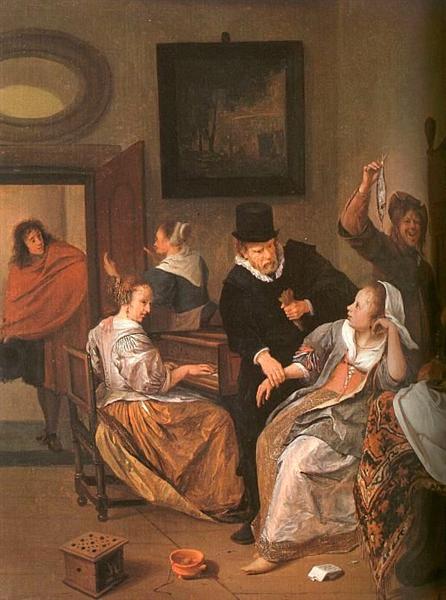Monday
This past year, many have written essays about plague literature, most of them focusing on how people respond to social breakdown. (You can find links to all my own essays on the subject here.), including this blog. Now that an end is in sight, New Yorker’s Jill Lepore asks the follow-up question: what does plague literature teach us about how people respond to the return to normalcy.
To answer this, she sets aside those works where either everyone dies (as in Poe’s “Masque of the Red Death” or where humans are reduced to brutes (as in Octavia Butler’s Clay’s Ark). “Lately, waiting for a shot of a vaccine,” she writes, “I’m hoping for another ending. Do the humans get to be human again?”
One such work is Mary Shelley’s The Last Man, where the sole survivor of global pandemic
sets off in a boat whose scant stores include the works of Homer and Shakespeare. “But the libraries of the world are thrown open to me,” he writes, in the book’s last lines, “and in any port I can renew my stock.” He disappears in his “tiny bark,” as if the world were beginning all over again.
Many plague stories, Lepore notes, end similarly,
with a new beginning, a Lockean blank slate—and, sometimes, even a hint that the evils of the old ways might not come back. As Biden’s campaign put it, “Build back better!”
Among these is Defoe’s Journal of the Plague Year, where the end is celebrated as an unexpected miracle, after which life prepares to continue on as though there had been no interruption. Lepore writes,
The disease retreats so suddenly that people “cast off all Apprehensions, and that too fast.” One man, venturing forth, sees a crowd and throws his hands into the air, saying, “Lord, what an alteration is here! Why, last Week I came along here, and hardly any Body was to be seen.” Another man cries, “’Tis all wonderful, ’tis all a Dream.” Defoe, too, finishes his “account of this calamitous year” by giving thanks; his book is, like the lifting of the plague, “a visible Summons to us all to Thankfulness.”
We may find ourselves thanking the scientists and companies that developed the vaccines along with God, but I can very much imagine looking back at 2020 as though it were a dream. But if that’s the case, then the ending of Camus’s The Plague is particularly relevant to our situation.
First of all, there’s a character who can’t stand the return to normal. Will we have our own versions of Cottard, whom Lepore describes as follows:
The death count keeps dropping, but one greedy and hard-hearted man, Cottard, who has profited from the plague, and failed to help the plague-stricken, begins to panic. “Do you really think it can stop like that, all of a sudden?” he wonders. The people of the town inch toward what they call “a return to normal life,” like animals emerging from a cave after a storm. Not Cottard. “He seemed unable to resume the obscure, humdrum life he had led before the epidemic. He stayed in his room and had his meals sent up from a near-by restaurant. Only at nightfall did he venture forth to make some small purchases.” The gates of the city are about to be opened. The people are rejoicing. “But Cottard didn’t smile. Was it supposed, he asked, that the plague wouldn’t have changed anything and the life of the town would go on as before, exactly as if nothing had happened?” Cottard gets out a gun and begins shooting at people in the street. He has gone mad.
It’s a grim fact of life in America that our normal includes mad men shooting people, so in our case we can’t attribute this to the plague. Camus’s novel does raise the issue, however, as to whether people will go mad when suddenly presented with a Covid-free society. What will happen to those Cottard-like grifters who have been making money off of our collective misery?
We make a mistake if we focus on them, however, since Camus doesn’t believe that they represent the true face of the plague. While it’s true that both Camus’s plague and our own has “pulled back the mask that hides the selfish, ruthless, viciousness of humans,” this is “not the last mask.” Beneath lies
a true face, the face of generosity and kindness, mercy and love. At the end of The Plague, its narrator unmasks himself: he reveals that he is a doctor, who, having cared for the disease’s sufferers, resolved to write, “so that he should not be one of those who hold their peace but should bear witness in favor of those plague-stricken people; so that some memorial of the injustice and outrage done to them might endure; and to state quite simply what we learn in time of pestilence: that there are more things to admire in men than to despise.”
Our plague was not as deadly as most of those featured in plague literature but, even so, many have stepped up and done admirable things. We should indeed memorialize them.


